The natural world is full of awe-inspiring landscapes that remind us just how powerful the planet truly is.
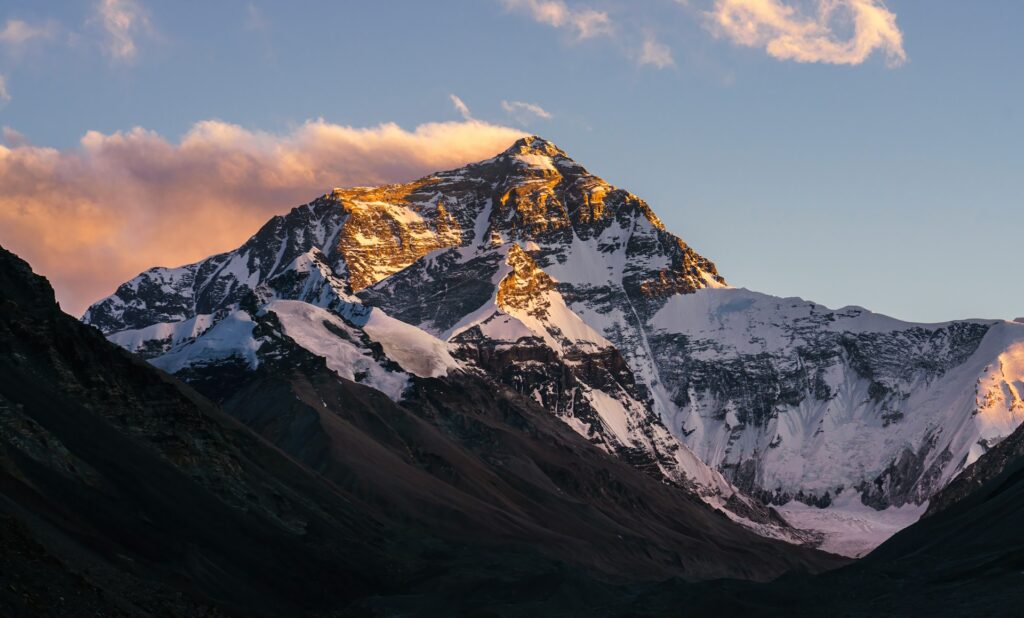
From mountains that rise higher than the clouds to volcanoes that reshape the land instantly, nature has a way of showing its raw strength. Some of these places are beautiful yet deadly, while others highlight the resilience of life in extreme conditions. Whether sculpted by fire, ice, or the relentless force of water, these locations prove that no matter how much humans try to control their surroundings, nature will always have the final say.
The Mariana Trench is the deepest place on Earth.
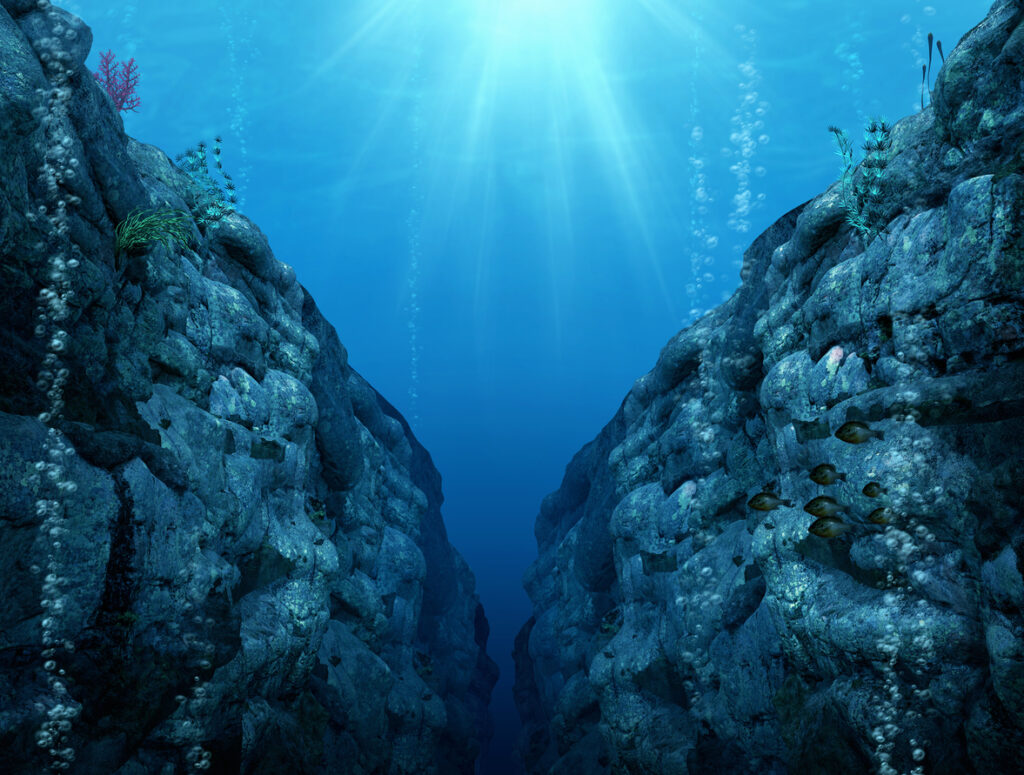
The Mariana Trench, located in the Pacific Ocean, is the deepest known part of the Earth’s seabed, plunging nearly 36,000 feet (10.97 km) below the surface. At these depths, the pressure is over a thousand times greater than at sea level, and yet, life still thrives in the darkness.
Scientists have discovered creatures that survive under extreme conditions, including fish, crustaceans, and even bacteria that feed on chemicals rather than sunlight. The trench is a reminder of how little we know about the deep ocean, and how nature continues to adapt in ways we never thought possible.
Mount Everest towers above the world.
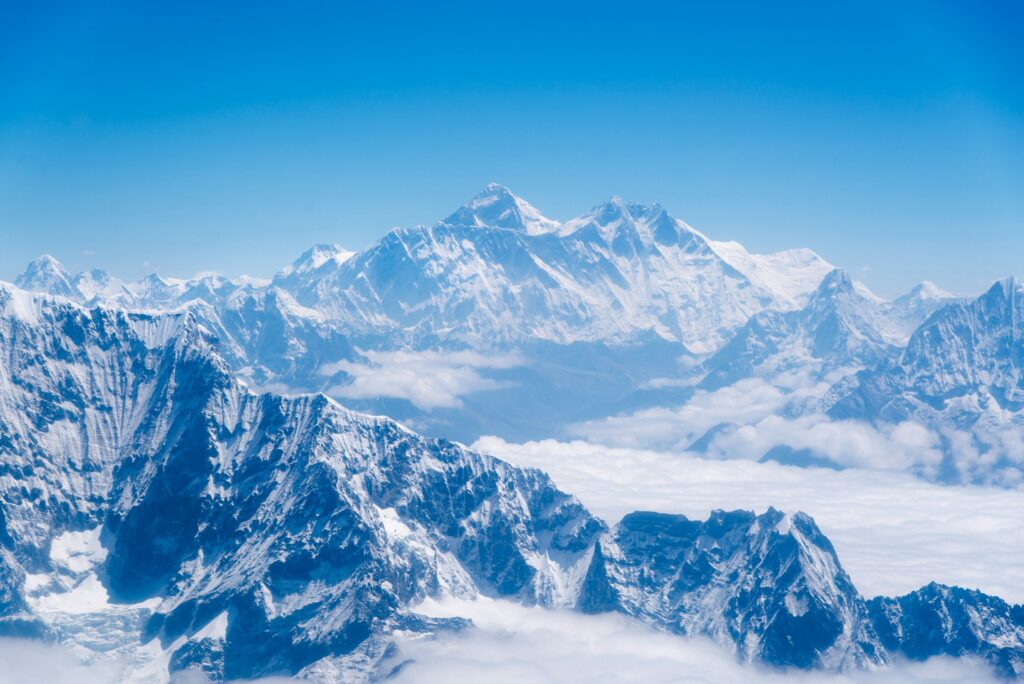
Standing at 29,032 feet (8.85 km), Mount Everest is the highest mountain on Earth, a towering testament to the immense forces that shape the planet. Formed by the collision of the Indian and Eurasian tectonic plates, this colossal peak continues to rise as the plates shift.
Despite its extreme conditions, with freezing temperatures and low oxygen levels, Everest attracts climbers from around the world. However, its power is undeniable—avalanches, sudden storms, and shifting glaciers make it one of the most challenging places to survive. The mountain is a humbling reminder of how nature sets the rules, no matter how much humans attempt to conquer it.
The Amazon Rainforest generates its own weather.
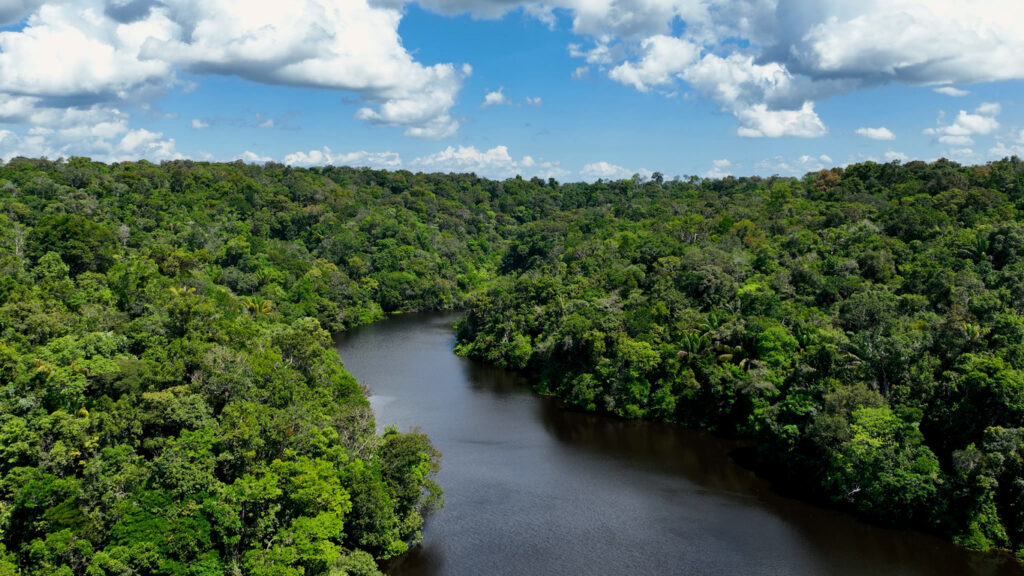
The Amazon Rainforest, often called the “lungs of the planet,” is one of the most powerful ecosystems on Earth. Covering over 5.5 million square kilometres, it produces 20% of the world’s oxygen and houses millions of species, many of which are still undiscovered.
One of the most incredible things about the Amazon is that it creates its own rain. The dense canopy releases massive amounts of moisture into the air, forming clouds that lead to near-constant rainfall. Even in the face of deforestation, the forest fights back, demonstrating the incredible self-sustaining power of nature.
The Danakil Depression looks like another planet.
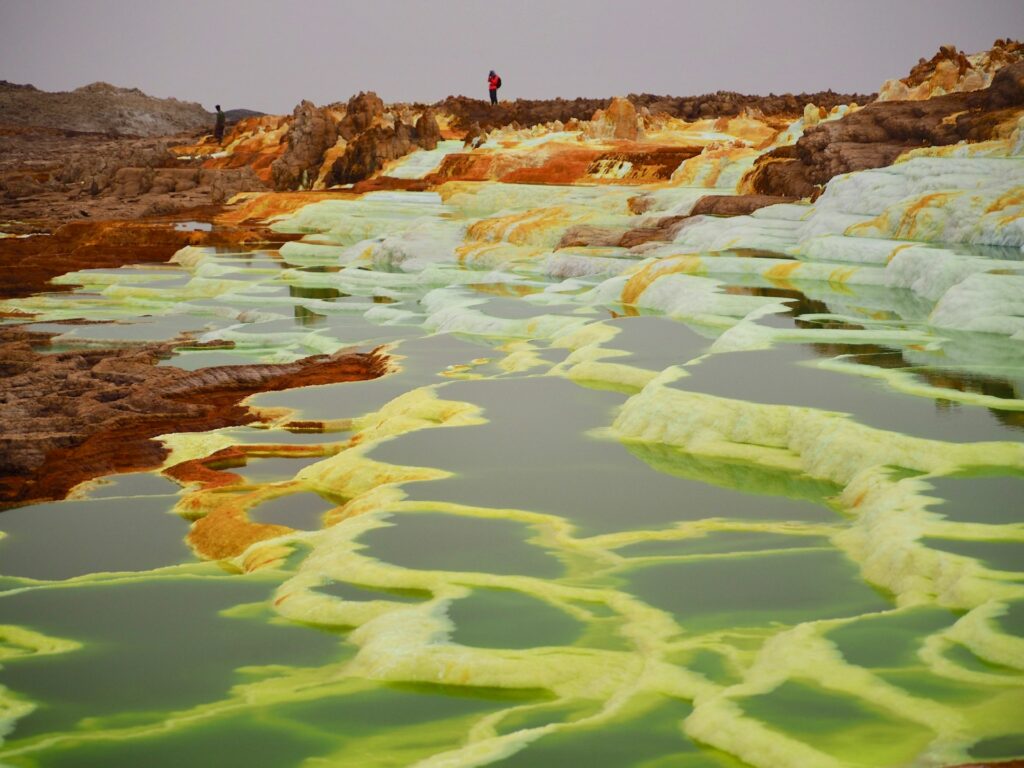
The Danakil Depression in Ethiopia is one of the hottest, driest, and most extreme places on Earth. With temperatures regularly exceeding 50 °C, toxic acid pools, and bubbling lava lakes, it looks more like an alien landscape than part of our planet.
Despite its extreme conditions, life exists here in the form of heat-resistant microbes. These tiny organisms have adapted to live in environments filled with sulphur and high salinity, proving that life finds a way even in the harshest conditions. Scientists even study these microbes to understand how life might survive on other planets.
The Grand Canyon reveals Earth’s history.
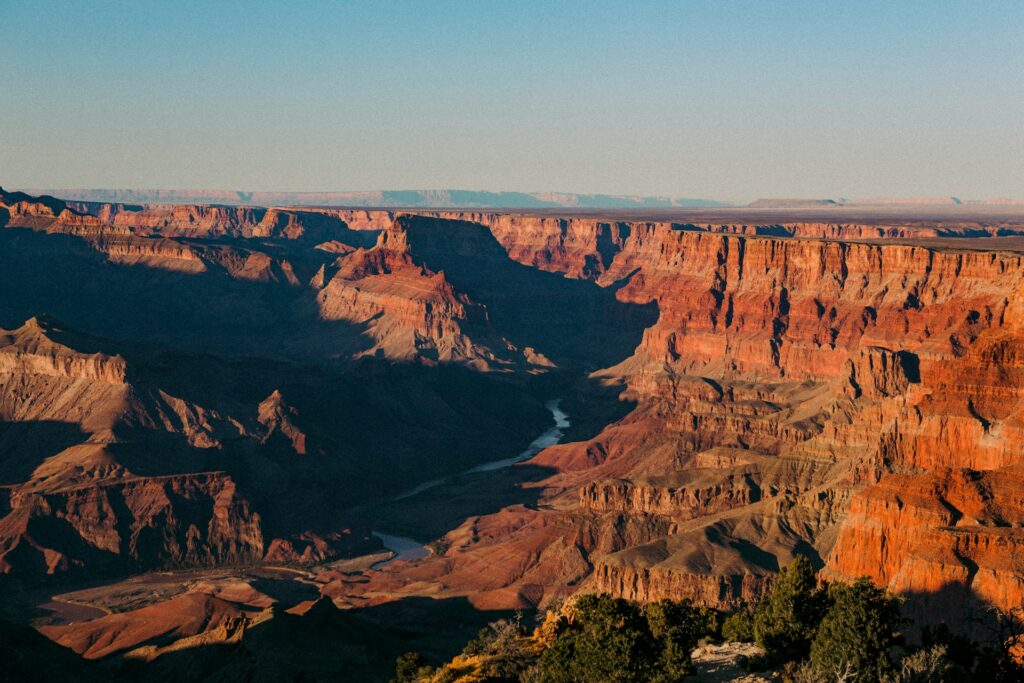
Carved by the Colorado River over millions of years, the Grand Canyon is a striking reminder of the power of water. Stretching 277 miles (445.79 km) long and plunging over a mile deep, it exposes layers of rock that date back nearly two billion years.
What makes the canyon even more incredible is that it’s still evolving. The river continues to carve its way through the rock, slowly reshaping the landscape. The Grand Canyon is a powerful testament to how even something as seemingly soft as water can sculpt mountains over time.
The Sahara Desert shifts and expands.
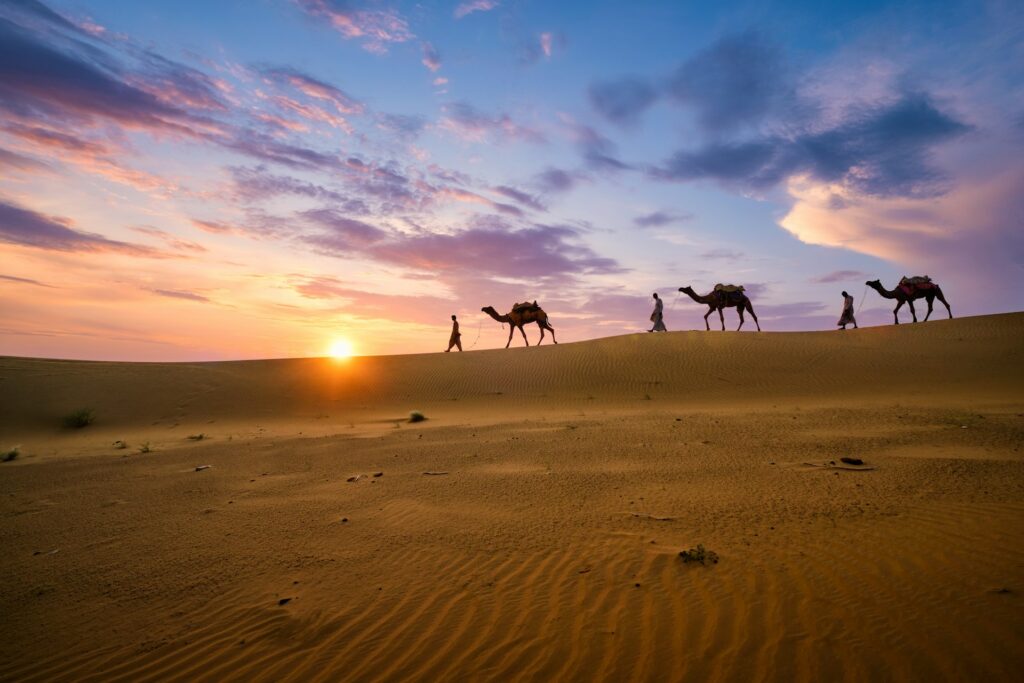
The Sahara Desert, the largest hot desert on Earth, covers an area of 9.2 million square kilometres. But what’s even more fascinating is that it isn’t static—this vast expanse of sand is constantly shifting, with dunes moving as much as 50 feet (15.24 m) per year.
Evidence suggests that the Sahara was once a lush, green landscape filled with lakes and vegetation. Climate changes over thousands of years transformed it into the arid desert it is today, proving that nature is in a constant state of flux. Some scientists even believe the Sahara may one day turn green again, showing just how unpredictable and powerful nature can be.
Iceland’s volcanoes shape the land.
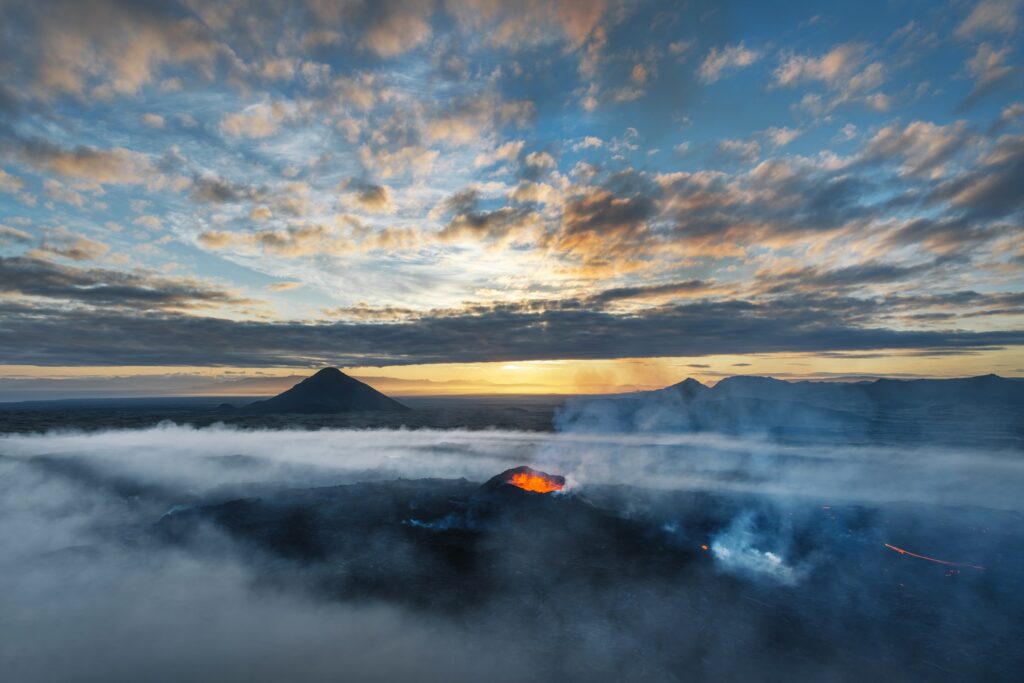
Iceland sits on the Mid-Atlantic Ridge, a geological hotspot where two tectonic plates meet, making it one of the most volcanically active places on Earth. Volcanic eruptions here have literally reshaped the country, creating new land and altering the landscape dramatically.
The 2010 eruption of Eyjafjallajökull famously disrupted air travel across Europe, proving that nature can bring modern civilization to a standstill. But volcanoes don’t just destroy—they also create. Iceland’s geothermal activity provides renewable energy, showing how humans can work with nature’s power instead of against it.
Victoria Falls is a force of pure energy.
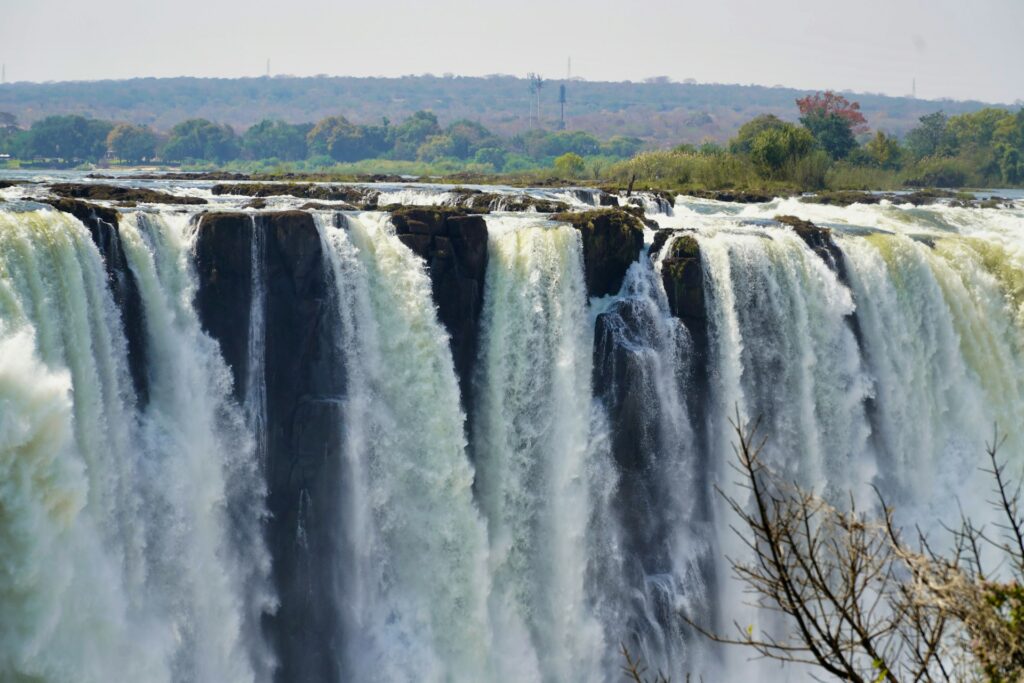
One of the largest and most powerful waterfalls in the world, Victoria Falls straddles the border of Zambia and Zimbabwe. Known as “The Smoke That Thunders,” the falls drop 355 feet (0.11 kilometres) into a chasm below, creating a mist that can be seen from miles away.
The sheer force of the water erodes the rock over time, slowly shifting the waterfall’s position. This never-ending reshaping of the land proves that even the hardest surfaces can be worn down by the relentless power of nature.
Antarctica’s ice sheets store the planet’s history.
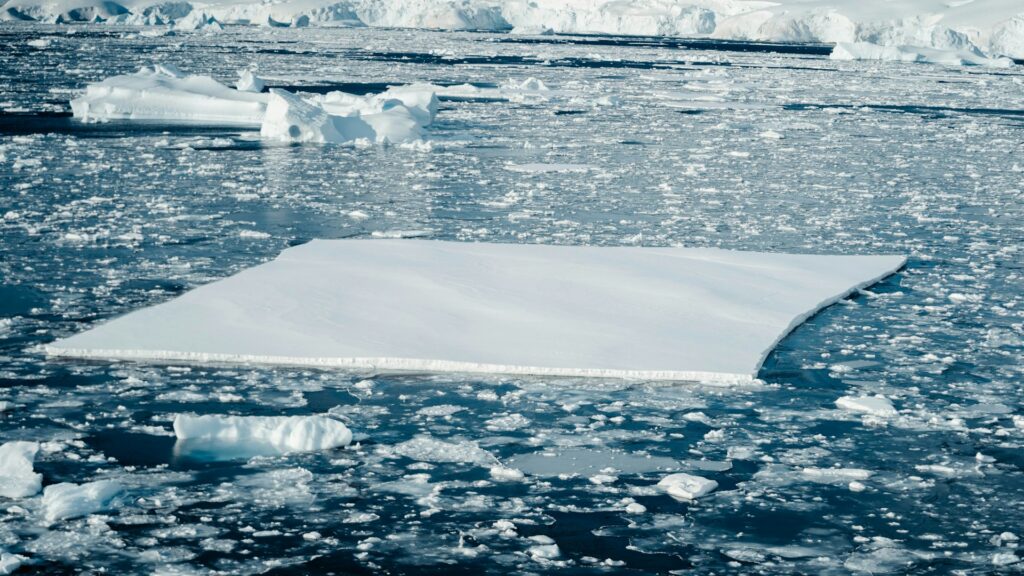
Antarctica, the coldest, driest, and windiest place on Earth, holds 70% of the world’s freshwater in its ice sheets. These massive ice formations are so heavy that they actually depress the land beneath them.
What makes Antarctica even more fascinating is that its ice holds a record of Earth’s climate history. By drilling ice cores, scientists can analyse trapped air bubbles from thousands of years ago, giving us insight into past climate changes. However, as global temperatures rise, these ice sheets are melting at an alarming rate, demonstrating how even the most powerful natural structures are vulnerable to change.
The Dead Sea defies normal physics.
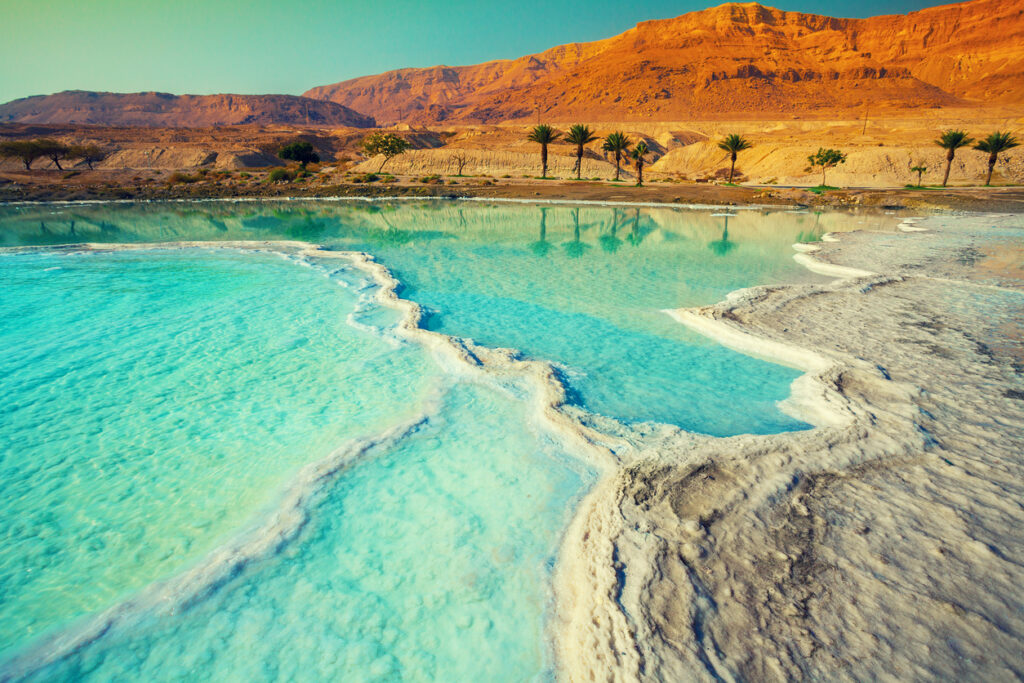
The Dead Sea, located between Jordan and Israel, is one of the saltiest bodies of water in the world, with salt concentrations nearly ten times higher than the ocean. This extreme salinity makes it nearly impossible for most life forms to survive, yet some microorganisms have adapted to thrive in its harsh conditions.
The high salt content also makes the water incredibly dense, allowing people to float effortlessly on the surface. However, the Dead Sea is shrinking due to water diversion and climate change, showing how even the most resilient natural wonders are affected by human activity.
The Eye of the Sahara reveals ancient secrets.
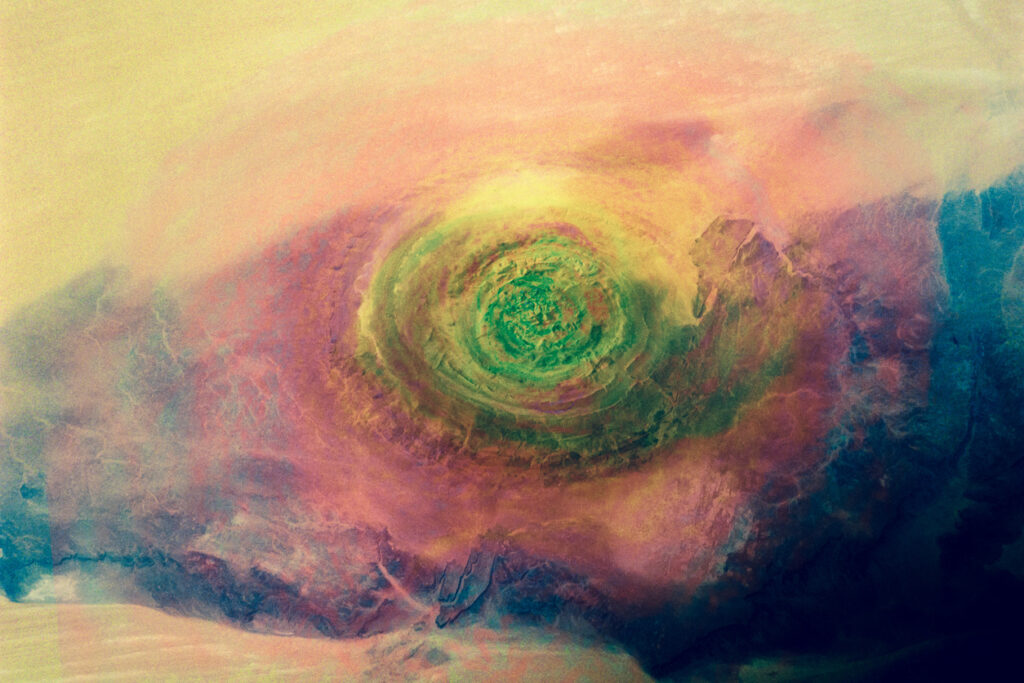
Also known as the Richat Structure, the Eye of the Sahara in Mauritania is a massive circular geological formation that spans over 40 kilometres in diameter. Originally thought to be a meteorite impact site, it is now believed to be a deeply eroded geological dome.
What makes this place so fascinating is that its perfectly circular shape is visible from space, resembling a giant eye in the desert. Scientists continue to study this mysterious formation to understand the processes that shaped it, proving that Earth’s forces are far more complex than they often appear.
Nature’s power is undeniable.
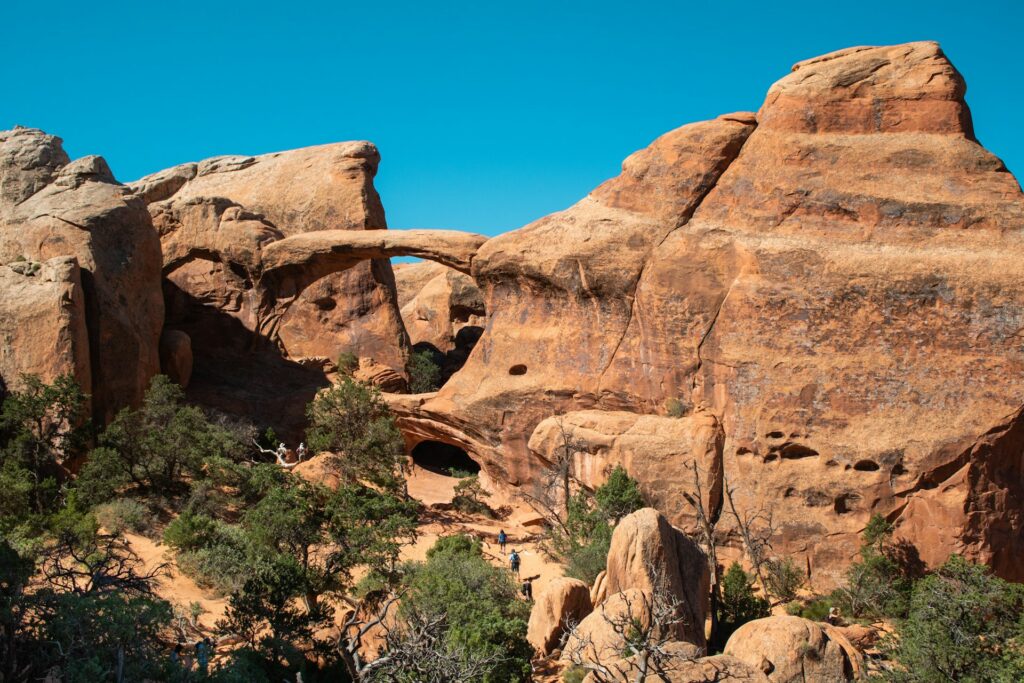
From towering mountains to ever-shifting deserts, these places are proof that nature is far more powerful than we often give it credit for. Whether through slow erosion, sudden volcanic eruptions, or extreme weather patterns, the planet is constantly evolving. These landscapes remind us that while humans have made remarkable advancements, we are still at the mercy of the natural world.
Understanding and respecting the forces that shape our planet is crucial, not just for appreciating their beauty, but for ensuring that we live in harmony with nature rather than trying to control it. The Earth is powerful, unpredictable, and awe-inspiring—and these incredible places are proof of just how much we still have to learn.